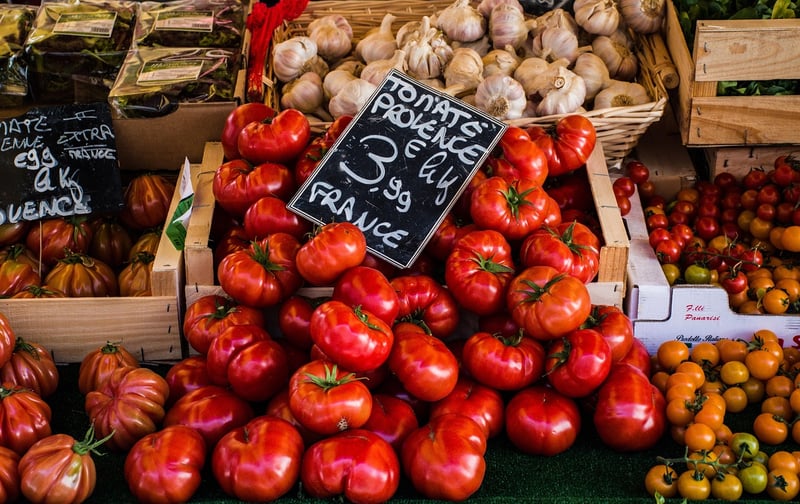Local Produce
Connecting through Shared Greenery and Local Produce
In today's fast-paced world, the importance of connecting with nature and supporting local communities has become increasingly evident. One way to achieve this is by embracing shared green spaces and consuming locally sourced produce. Not only does this practice benefit the environment, but it also fosters a sense of community and well-being among individuals. Let's explore how shared greenery and local produce can bring people together and create a more sustainable future.
The Power of Shared Green Spaces
Shared green spaces, such as community gardens, parks, and urban farms, play a vital role in promoting environmental sustainability and social interaction. These spaces provide a sanctuary for individuals to connect with nature, reduce stress, and engage in physical activities. Additionally, shared greenery encourages community involvement, collaboration, and the sharing of knowledge and resources.
By participating in community gardening projects or volunteering at local parks, individuals can forge meaningful connections with their neighbors and contribute to the beautification of their surroundings. Shared green spaces also offer educational opportunities for people of all ages to learn about gardening, biodiversity, and sustainable practices.
Embracing Local Produce
Consuming locally sourced produce is not only beneficial for personal health but also supports the local economy and reduces the carbon footprint associated with food transportation. When individuals buy fruits, vegetables, and other products from nearby farmers markets or farm-to-table restaurants, they are directly contributing to the livelihood of local farmers and producers.
Local produce is often fresher, tastier, and more nutritious than its commercially sourced counterparts. By choosing to eat locally, individuals can enjoy seasonal flavors, support sustainable farming practices, and reduce the reliance on processed foods that have traveled long distances to reach the consumer.
Building Stronger Communities
By combining the benefits of shared green spaces and local produce, communities can create a more sustainable and interconnected way of living. Residents who engage in communal gardening or participate in farmers markets develop a shared sense of purpose, pride, and belonging. These activities promote social cohesion, environmental stewardship, and a healthier lifestyle for all involved.
Ultimately, connecting through shared greenery and local produce offers a holistic approach to building resilient communities, fostering environmental consciousness, and supporting the well-being of individuals. By embracing these practices, we can create a more sustainable future for ourselves and future generations.

Image source: Pixabay
